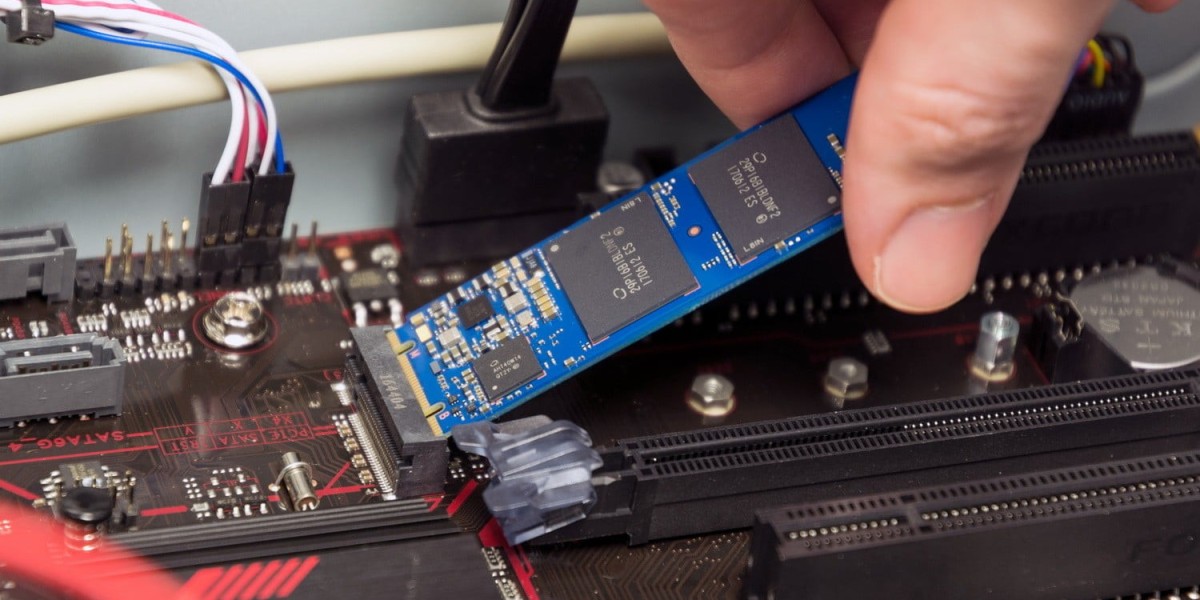Optane is a brand name for a new kind of memory technology developed by Intel, designed to bridge the gap between slower, traditional hard drives and faster but more expensive solid-state drives (SSDs). Optane memory uses a novel memory media called 3D XPoint, which can achieve super-low latency and high endurance, making it suitable for storage and caching applications. It enhances a computer's performance by accelerating data transfer between the processor, the memory, and the storage. Today, we will know what is optane.
What Is Optane? How It works?
Optane memory uses a special memory controller and software to manage the data flow between the 3D XPoint memory media and the rest of the system. The 3D XPoint memory media comprises a grid of columns containing memory cells, each storing a single bit of data. The memory cells are accessed by applying voltage to the columns and rows of the grid, which changes the resistance of the cells. This allows for fast and non-volatile data storage, which retains the data even when the power is off.
Optane memory can be used in two ways: as a system accelerator or as a primary storage device. As a system accelerator, Optane memory is a cache memory that stores frequently used data from a slower, larger storage device, such as a hard disk drive (HDD). This reduces the time it takes for the processor to access the data, resulting in faster boot times, application loading, and system responsiveness. As a primary storage device, Optane memory can store the entire operating system and user data, offering SSD-like speeds and capacities.
What are the benefits of Optane memory?
Optane memory offers several benefits over conventional memory technologies, such as:
Faster performance: Optane delivers up to 10 times faster read and write speeds than a typical HDD and up to 2 times faster than a typical SSD. The computer can perform tasks more quickly and smoothly, such as opening files, launching applications, and switching between tabs.
Larger capacity: Optane provides up to 1.5 terabytes of storage space in a single module, which is more than most SSDs and HDDs. The user can store more data, such as photos, videos, games, and documents, without compromising speed.
Higher endurance: Optane memory can withstand up to 30 times more write cycles than a typical SSD and up to 300 times more than a typical HDD. The memory can last longer and retain its performance over time, even with heavy usage.
Lower power consumption: Optane consumes up to 4 times less power than a typical SSD and up to 10 times less than a typical HDD. This means the computer can run cooler and quieter and save battery life for mobile devices.
Conclusion
Optane memory is a revolutionary technology that can boost the performance of a computer by offering faster speeds, larger capacities, higher endurance, and lower power consumption than conventional memory technologies. We told you what is Optane in this article. It can be used as a system accelerator to cache data from a slower storage device or as a primary storage device to store the entire operating system and user data.








